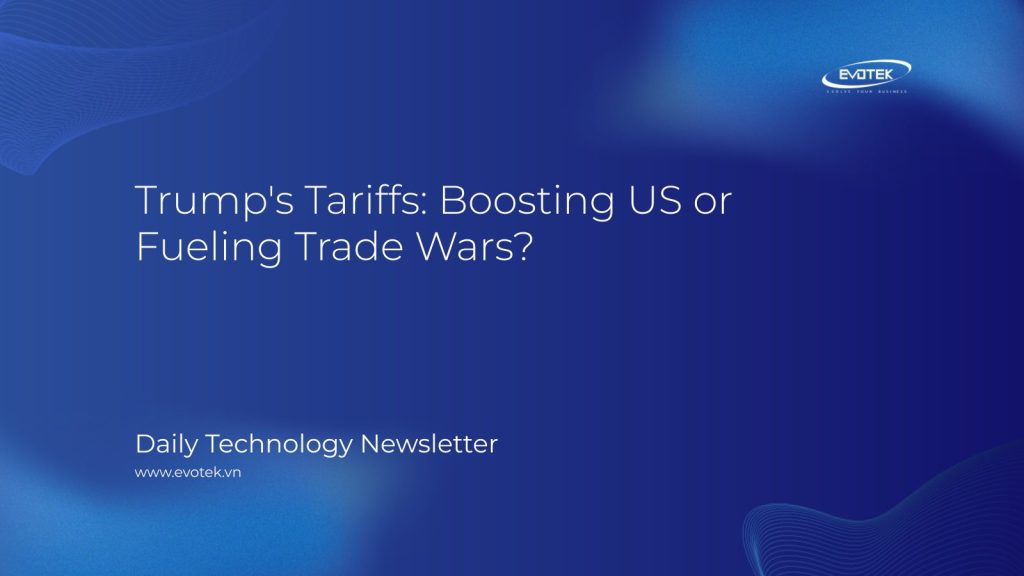President Trump has unveiled new tariffs aimed at revitalizing US manufacturing. But are these measures a boon or a path to inflation and global trade conflicts?
Sweeping Tariffs Announced
In a move echoing historical trade policies, President Trump announced sweeping “reciprocal” tariffs targeting nearly all US trading partners. These tariffs include:
- A baseline 10% tax on imports from all countries.
- Higher rates, such as 34% on Chinese imports and 20% on European Union goods.
The Rationale Behind the Tariffs
The administration argues that these tariffs will:
- Generate substantial revenue for the US government.
- Encourage domestic manufacturing.
- Correct what they deem unfair trade imbalances.
Trump stated the global trade system had “looted, pillaged, raped and plundered” the USA. The tariffs are designed to combat this.
Economic Impact and Global Response
Economists are raising concerns about the potential consequences, including:
- Increased costs for consumers on essential goods.
- Potential disruption of established alliances.
- A risk of inciting a global trade war.
Critics point to the Smoot-Hawley Tariff Act of 1930 as a cautionary tale, suggesting these tariffs could deepen economic downturns.
Retaliation and Trade Tensions
Several countries, including Canada and members of the European Union, are considering or have already implemented countermeasures. These retaliatory tariffs could exacerbate trade tensions and negatively impact global economic stability.
Political Fallout
While fulfilling a key campaign promise, Trump’s tariffs face criticism from both sides of the aisle. Some Republicans express concerns about the potential impact on their states, especially those with strong agricultural sectors. Democrats argue that these tariffs represent a massive tax increase on American families without congressional approval.
Manufacturing vs. Inflation
The core debate centers on whether these tariffs will genuinely stimulate US manufacturing or primarily lead to higher prices for consumers and businesses. As the global economy braces for potential shifts, the long-term effects of these tariffs remain uncertain.
Key Figures Weigh In
- Olu Sonola (Fitch Ratings): Predicts a significant increase in the average US tariff rate and potential recession for many countries.
- Scott Lincicome & Colin Grabow (Cato Institute): Compare the tariffs to the Smoot-Hawley Act, warning of potential economic disaster.
- Rep. Suzan DelBene (D-Wash.): Condemns the tariffs as a massive tax increase without congressional approval.
- Canadian Prime Minister Mark Carney: States these tariffs “fundamentally change the international trading system.”
The situation remains fluid as businesses and policymakers adapt to this new economic landscape.

 日本語
日本語 한국어
한국어 Tiếng Việt
Tiếng Việt 简体中文
简体中文